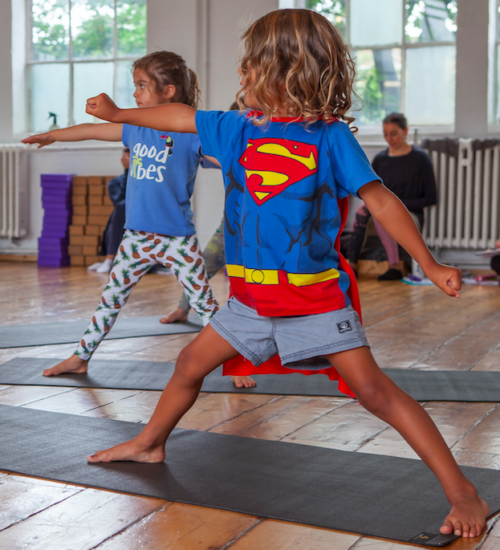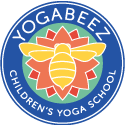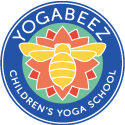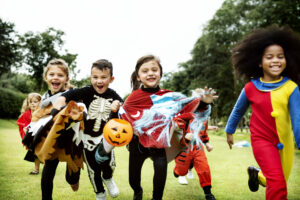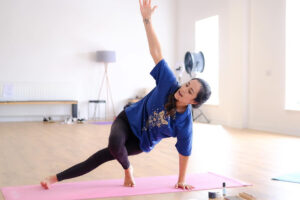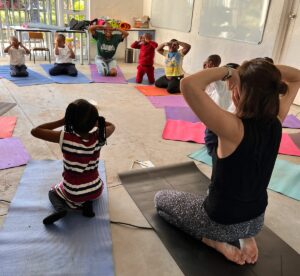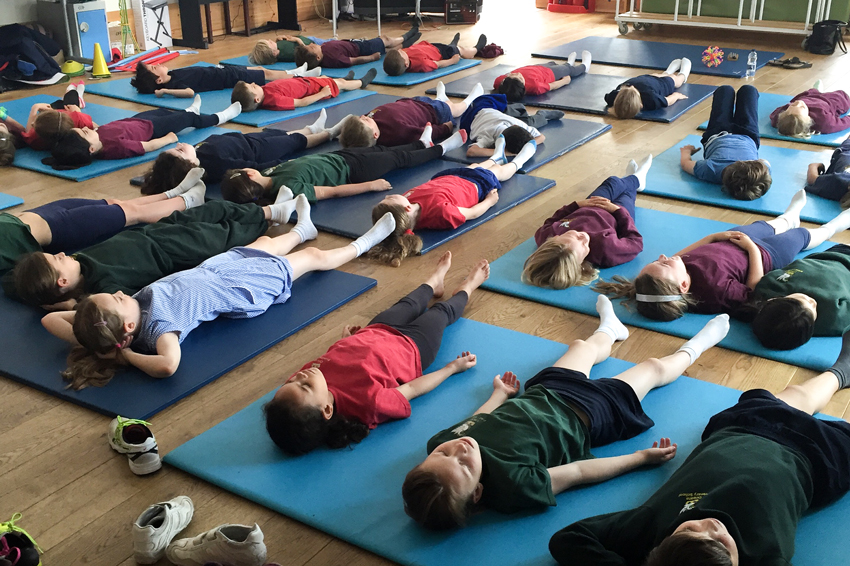
How Yoga and Montessori benefits the whole child?
Yoga and Montessori benefits the whole child as they both offer a mindful, non competitive approach to help children learn, develop and live harmoniously with others.
Maria Montessori once commented that ‘children are the makers of man’. By providing them with a foundation of love and respect, for themselves and the world around them, we help the new generation to create and live harmonious and satisfying futures.
She saw each child as a unique individual, who developed at their own rate, and believed in educating the whole child, with movement paramount to the education of the mind. “Movement, or physical activity, is thus an essential factor in intellectual growth, which depends upon the impressions received from outside,” she wrote in Discovery of the Child. “Through movement we come in contact with external reality, and it is through these contacts that we eventually acquire even abstract ideas.” These are some of the few ways how Yoga and Montessori benefits the whole child
Yoga, like Montessori education, is a process of discovery.
A mindful, non-competitive exercise, emphasising movement and breathing and the connection of body and mind, it helps students of any age to understand our own nature and live harmoniously with others. In an age where technology means that children often spend long hours glued to a screen, this is more relevant than ever.
In fact, Yoga and Montessori philosophies align seamlessly in many ways:
- Both focus on exercising, educating and empowering the whole child
- Both are non-competitive with the emphasis being on the process and not the end result – we encourage children to enjoy the poses without trying to perfect them
- Just as Montessori aims to build self-esteem, we modify the poses and give children the tools they need to complete them successfully
- They both work to balance and calm the child
- Both begin simply and gradually increase in difficulty, moving from the concrete to the abstract
- Yoga and Montessori both value movement as vital to the development of the mind
- There are three parts to a yoga pose: going into the pose, being in the pose and coming out of the pose with control. These correlate with carrying a piece of work from the shelf, using the work and thoughtfully placing the work back on the shelf
- Just as the Silence Game is sometimes used in a Montessori classroom, meditation is introduced to children in yoga classes to help improve awareness and focus
Merging the Montessori curriculum into our children’s yoga classes we can stimulate all areas of a child’s development.
Yoga for personal, social and emotional exploration
Yoga games, group and partner poses are a great way to encourage social interaction. We always foster a win-win attitude – there is no right or wrong or winning or losing in these explorations, just taking part and putting in your best effort is all that’s required. Emotionally we encourage not only interaction with others but also looking within to find your inner silence. Breathing exercises teach children to master their own emotions – breathing out stress, breathing in calm, exhaling anger and inhaling joy. We teach children to try and focus on the positive but also that all emotions are recognised and welcomed. The Volcano Pose is a great tool for noticing anger or anxiety in the body and finding a healthy way to channel these sometimes crippling emotions.
Why not try this one at home next time someone in the family is feeling furious?
Volcano Pose – Good for all ages
Start in Mountain pose and jump your feet apart into Open Mountain. Bring your hands into Namaste right down at the bottom of your abdomen. As you inhale, rise your hands up to the top of your head and then exhale as you separate your hands and bring your arms up and out to the side. Really blow out your breath like a volcano exploding. Repeat this several times. This is a great pose to do if you are feeling really CROSS!! Imagine that angry feeling in the pit of your tummy – like burning hot lava. As you bring your hands up move this agitated feeling up through your body until you are finally ready to release it out of the top of your head and blow it a way. Fun to start with a really cross, scrunched-up face and as you let go of this feeling a happy peaceful calm feeling washes over you and a smile spreads to your cheeks. Now you could fill your volcano / pit of your tummy with happy thoughts and feelings or anything you love and imagine this bursting out of your volcano instead.
Physical development with yoga
When moving through the poses, children become more aware of their bodies… noticing how they feel, learning correct anatomical terminology and becoming more spacially aware Yoga strengthens, stretches and loosens muscles. Senses are educated and each pose has a particular balancing effect on the body’s various systems – skeletal, muscular, circulatory, respiratory, digestive, nervous, lymphatic, hormonal etc. Body awareness leads to self care. This is something so many of us need to relearn as an adult… when the body is broken only then do we stop. Instead we can help children recognise when they need some time out, time to be still, to recover, to rejuvenate.
How about some family yoga at home? Partner poses are great fun to explore together:
Sit and Twist
Sit facing your partner in a comfortable cross-legged position making sure your knees are almost touching each other. Then both wrap your right arms behind your back. Now stretch your left arm diagonally across your body and try and find your partners right hand. This should be just poking out next to their left waist. When you have both found each other’s hands give your self a little spinal twist, as you both look over your right shoulders. You might need a little help initially trying to coordinate this pose. But once you have it you will see what a great twist this provides with a little help from a friend.
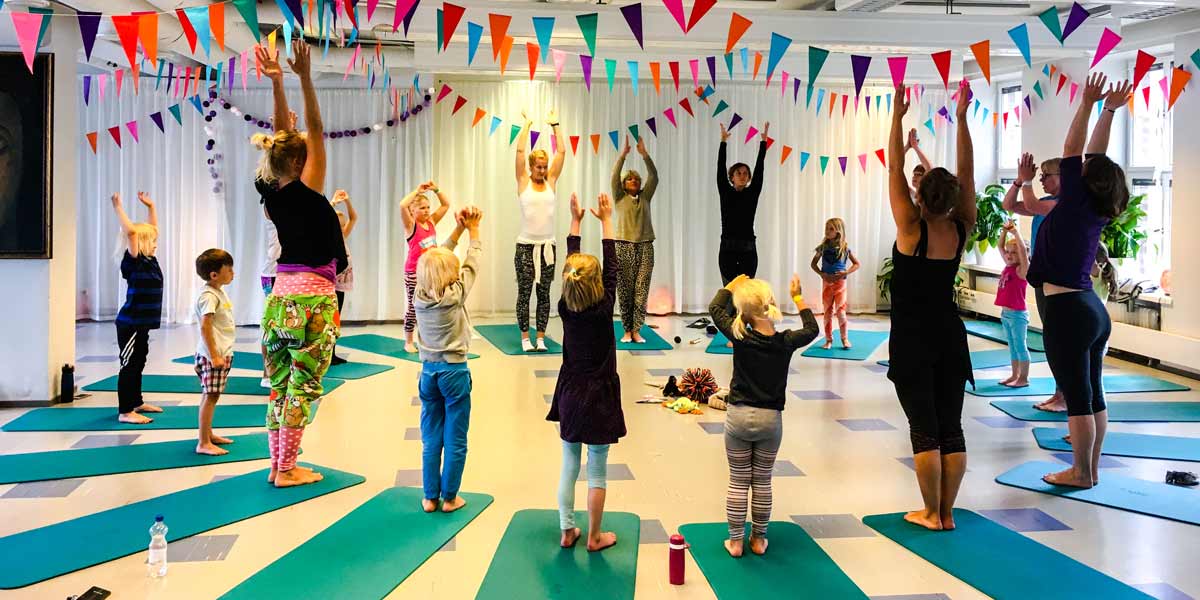
Communication, language and literacy
Many children’s yoga classes have themes, which we discuss and explore. Through the theme of the class we discover the anatomy of our bodies and learn the scientific names for our bones and muscles. We chat about nutrition and how to live healthily. The children take turns to read guided imagery or make up stories during the relaxation period at the end of the class. We bring books to life with yoga, play name games and explore the alphabet through our poses. The vocabulary we use in the classes is rich and varied and languages from around the world are introduced. We also encourage teachers to set up pen pal projects with children in other yoga classes across the globe. When last did you receive an envelope in the post that wasn’t a bill, a statement or advertising? Let’s bring back letter writing.
Here’s a fun mindful activity to assist your child’s letter learning
Alphabet Backrub – Age 4 – teen
Sit down behind your partner and use your finger or hand to write a letter of the alphabet on their back. Let them know if it is a small or capital letter otherwise it can be a bit tricky. The recipient must guess what the letter is. This is a fun way to learn to recognize the alphabet. Older children can write words or even short sentences. Take turns.
Knowledge and understanding of the world for the whole child
We use the theme of each class to explore different cultures, languages, foods, instruments and music from different countries. Fauna and flora and animal’s habitats are learnt through adventures to rainforests, jungles, wetlands, under the sea, to space etc. We use the poses to plant seeds in various learning areas so that the children are continuously being exposed to new facts about ecology, science and biology.
For example: Alligator –
Lie on your belly and stretch your arms out in front of you. Turn your arms so that the back of your hand is on the floor and roll onto your side. Lift your top arm up as you open and close, clapping the other hand as you come down. Snap Snap Snap!!! For an extra challenge – keep your legs together and lift your 2 feet up like a big alligator tail. Then roll over swap arms and start again.
Some Interesting facts: Alligators and Crocodiles are similar in many ways but there are a few differences too: 1. Alligators prefer fresh water habitats, while crocs usually live in salty water! 2. Alligators have a rounded u-shaped jaw, while crocs have a more pointed v-shape. 3. Their teeth are different too – an alligator’s teeth don’t really show when its mouth is closed, while crocodiles’ teeth have a special interlocking pattern that does show, plus a large tooth on their lower jaw that sticks out over their top lip even when their mouths are shut.
Problem solving, reasoning and numeracy
We highlight patterns, sequences, angles, numerical awareness, counting and rhythm while practicing poses.
For example, singing the Tea Pot song is a fun way to introduce young children to the Triangle/Trikonasa yoga pose. For older groups we look at angles – obtuse and acute. Measure the various triangles our body makes – scalene, Isosceles, equilateral.
Creative development
We encourage the imagination and creativity of each child through the use of props, guided imagery, drawing and colouring meditations. We make models of skeletons, paint interpretations of visualisations and prepare healthy snacks.
Music from all over the world is incorporated into our classes through different instruments, rhythms and beats.
We do not incorporate any religion into our sessions. We simply honour and respect the diversity of all beliefs, cultures and traditions. One area we try and escape from completely is the technical world. Children receive so much stimulation from technology and the media today. In our yoga sessions we aim to leave all this at the door and come back to our basics. Our bodies, our minds and our spirits.
As role models, parents and teachers we have a duty to plant seeds. Teach children how to water them and give them the tools to create their own beautiful gardens. Yoga certainly helps to do just that.
If you’re feeling inspired to share yoga with children, take a look at our range of training courses. These courses are suitable for parents, teachers, yoga teachers or therapists. We hope that this has shown you how Yoga and Montessori benefits the whole child
